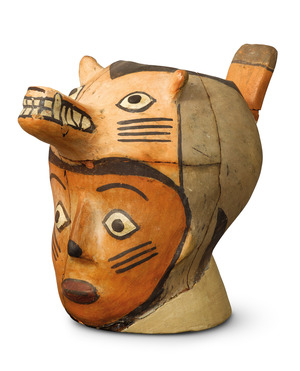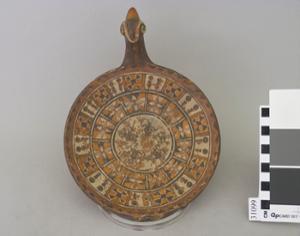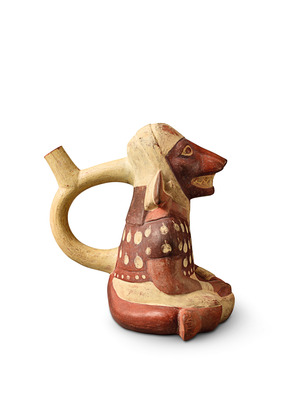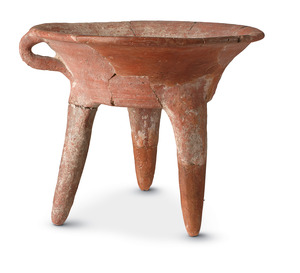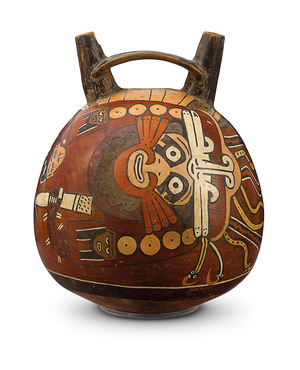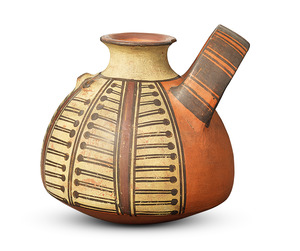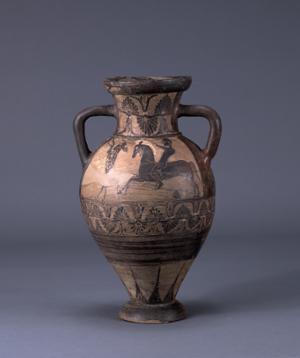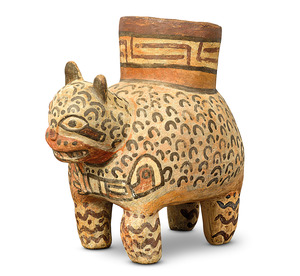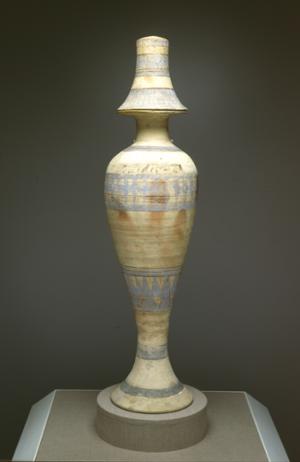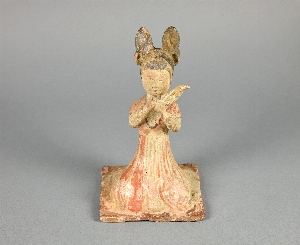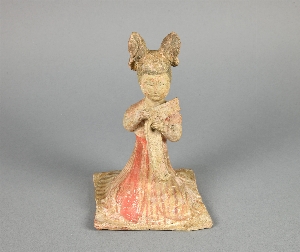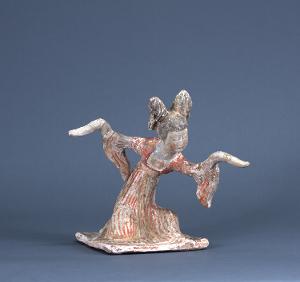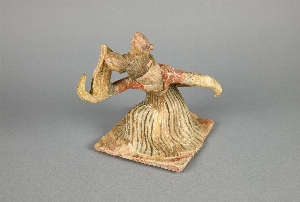Dorling Kindersley Limited. History of the World in 1,000 Objects. London: Dorling Kindersley Limited, 2014.
Reference
- Object[53]
- yes[53]
- american[31]
- asian[6]
- egyptian[2]
- mediterranean[13]
- near eastern[1]
- alabastron[1]
- aryballos[1]
- beaker[1]
- bottle[2]
- bowl[1]
- cup[1]
- cup cover[1]
- ear plug[2]
- effigy bottle[1]
- effigy bowl[1]
- effigy figure[1]
- effigy urn[2]
- effigy vessel[2]
- figure[1]
- figurine[3]
- incensario[1]
- incensario lid[1]
- incense burner[1]
- incense burner lid[1]
- jar[2]
- jug[1]
- kyathos[1]
- kylix[1]
- lamp[1]
- mortuary figurine[5]
- neck amphora[1]
- pipe[1]
- pitcher[1]
- plate[1]
- pyxis[1]
- pyxis lid[1]
- rhyton[1]
- sculpture[1]
- spouted jar[1]
- stamp[3]
- stirrup jar[1]
- stirrup spout vessel[1]
- tripod bowl[2]
- trumpet[1]
- vase[1]
- whistle[1]
- wine jar lid[1]
- asuncion mita[1]
- atzcapotzalco[2]
- bamboula[1]
- beth shean[1]
- cahabon district[2]
- capilco[1]
- chalchuapa[1]
- chimuxan[2]
- china[5]
- colima[2]
- costa rica[1]
- crete[3]
- cuilapam[1]
- cyprus[1]
- department of alta verapaz[2]
- department of jutiapa[1]
- east greece[1]
- egypt[2]
- etruria[3]
- gournia[1]
- gravefield i, oldest part[1]
- greece[5]
- guatemala[3]
- huaura[1]
- huaymil island[1]
- israel[1]
- italy[4]
- ixtlan[1]
- korea[1]
- kourion[1]
- mediterranean[3]
- mexico (central america)[17]
- miahuatlan[1]
- mixtequilla region[1]
- nayarit[1]
- nazca district[2]
- nicaragua[1]
- oaxaca (mexican state)[3]
- orvieto[1]
- pachacamac[3]
- peru[10]
- peru, north coast[1]
- pseira[1]
- saite[2]
- sun temple[2]
- tlatelolco[1]
- vasiliki[1]
- veracruz (mexico)[2]
- vulci[2]
- zaachila[1]
- kourion[1]
- archaic greek period[1]
- early corinthian[1]
- early minoan iib[1]
- eighteenth dynasty[2]
- incised[1]
- joseon dynasty[1]
- late geometric ia[2]
- late helladic iiia[1]
- late helladic iiib[1]
- late helladic iiic[1]
- late minoan i[1]
- late minoan ib[1]
- middle minoan ii[1]
- middle minoan iii[1]
- middle nasca[1]
- modern[1]
- new kingdom[2]
- post-classic maya[2]
- proto-nasca[1]
- roman period[1]
- tang dynasty[5]
- teotihuacan v[2]
- attic[2]
- aztec[4]
- chinese[5]
- classic veracruz[1]
- coastal huari[1]
- colima (culture)[1]
- early chimu[1]
- early classical[1]
- etruscan[4]
- greater nicoya[1]
- greek[2]
- inca[2]
- italic[1]
- korean[1]
- las remojadas[1]
- lowland maya[1]
- maya (central american culture)[1]
- minoan[3]
- moche[3]
- moche iv[1]
- mycenean[3]
- nasca[1]
- paracas[1]
- rhodian[1]
- roman[1]
- tarascan[1]
- teotihuacan (culture)[2]
- zapotec[3]
- andean[10]
- central american[21]
- animal face[1]
- bean pod[1]
- bird[1]
- bird head[1]
- canine[1]
- centipede god?[1]
- conch shell[1]
- coyote head[1]
- dancer[3]
- deer?[1]
- dog[1]
- dragon[1]
- eagle[1]
- flower[1]
- frog[1]
- geometric[1]
- goat?[1]
- gorgoneion[1]
- harp[1]
- helmet[1]
- hoplite[1]
- horse[4]
- horseman[1]
- human[2]
- human head[1]
- lion[1]
- man[1]
- mask[1]
- monkey[1]
- mountain cat[1]
- musician[3]
- octopus[2]
- olive[1]
- owl[2]
- palmette[1]
- panther[1]
- pipa[1]
- potato[1]
- rabbit[1]
- rider[1]
- seated female[1]
- seated man[1]
- shaman[1]
- sheng[1]
- sphinx[1]
- stag[1]
- standing male[1]
- toad[1]
- tripod[1]
- turtle[1]
- woman[1]
- black figure[1]
- blue and white ware[1]
- bucchero[1]
- celadon[1]
- fired[6]
- geometric[2]
- glazed[6]
- mycenean ware[1]
- painted[2]
- polychrome[2]
- porcelain[1]
- red ware[1]
- superposed color[1]
- vasiliki ware[1]
- actual citation[53]
1 - 30 of 53 Records
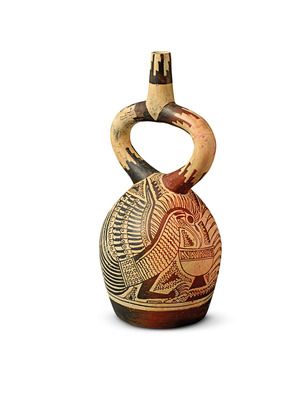
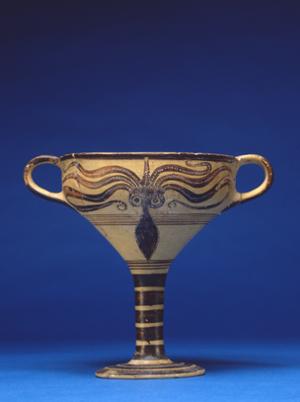
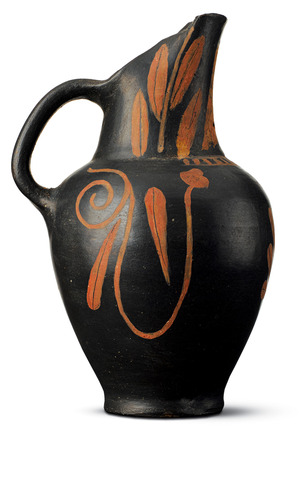
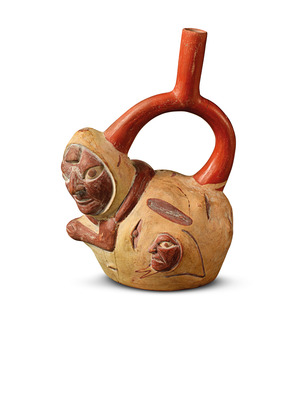
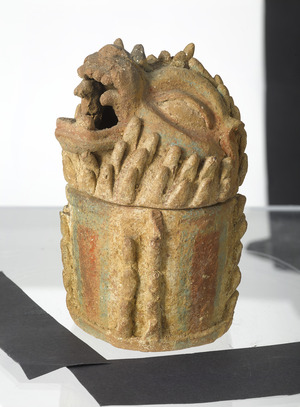

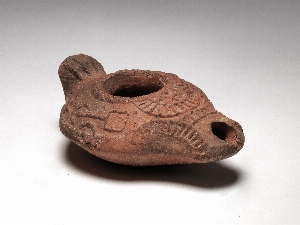
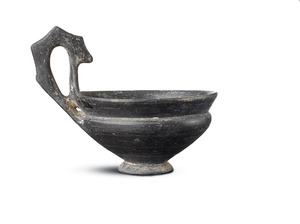

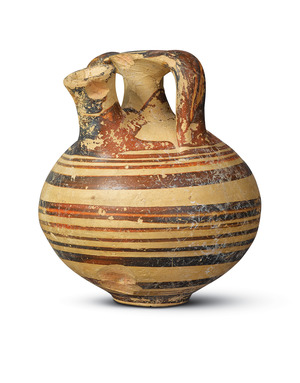
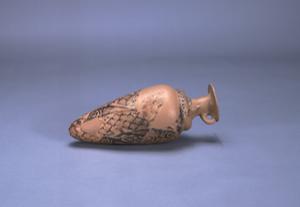

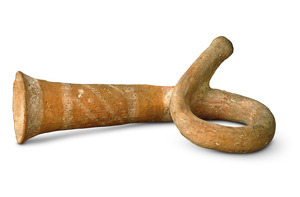
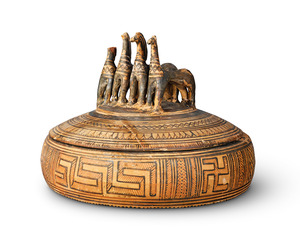

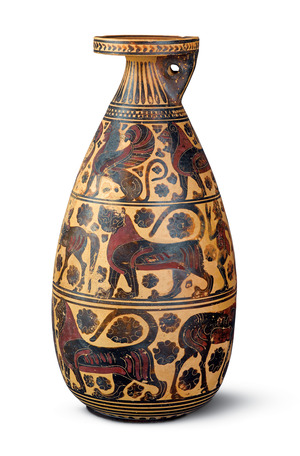
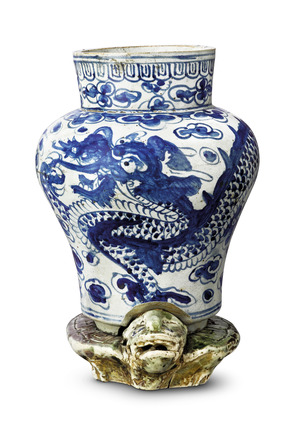
1 - 30 of 53 Records


